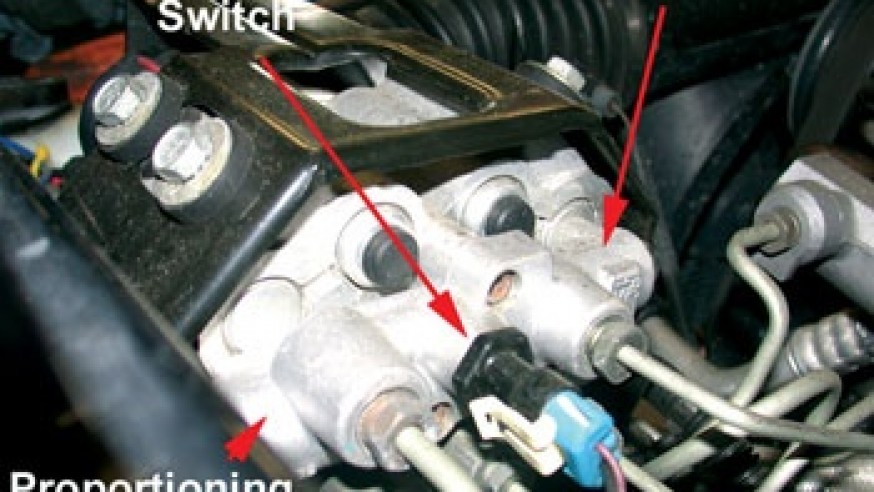

These wide holes in the market made me work towards improving my technical knowledge about the car industry and improve my expertise. Most of the reviews were mediocre and it could be easily seen that the writers barely had any knowledge about the tools or the products that they were recommending and they had definitely hadn’t actually used or maybe even seen the products that they were recommending. Hopefully, the article has been able to give you enough courage to solve the ABS issue at home, if indeed there are pointers that you want to be added, kindly comment below and not forget to share the post.When I decided to first buy my car, I found it very difficult to get detailed information online which will help me to buy the best products and accessories to make my car special and different. You can choose a friendly person to be your brake rescue partner to make the task less boring. You need to do enough preparation because the task is repetitive and requires a lot of accuracies when emptying the brake fluid. The only difference you are likely to experience is the different types of tools that you are supposed to use.
Genisys 5.0 scanner abs bleed how to#
How to bleed ABS module without scan tool sounds so complicated, but regardless of the type of car you are driving, the steps above should be able to take you through. When the brake fluid in the reservoir drops, air that fills up the remaining section may find its way on the brake lines and continued accumulation may result in the spongy feeling you feel on the pedal..It absorbs more water from the environment that seeps into the brake lines. Other brake systems that use dot brake fluid are more prone to attract moisture because of the hygroscopic nature of the fluid.Ill-fitting of brake pads and linings can also contribute to this problem, this is quite common in new cars (it is always recommended to have a specialist verify brakes of a new car before taking it on the road).Other issues such as damaged brake lines and joints can also bring about accumulation of air into the system, causing that spongy feel when you press the pedal.One reason is shortening of the hydraulic horses which lead to the loss of brake fluids and creates space for air to get into the system. There are several scenarios on how air can get trapped in the braking system of your car.When you are back from the test drive, clean up the work area and drive safely. How does Air get into The Braking System? Take the car for a test drive around the block and confirm that your work has paid off and everything is functioning as expected. Refit all the wheels and be ready to test your brakes for consistency. While at it, your partner should make sure that the pedal goes up and down to the recommended levels. Step #8: Fit the Wheels Step #7: Check for LeaksĪfter bleeding all the brake lines, make sure that as your friend pumps the pedal, you walk around the vehicle to check if there are any leaks as a result of pumping. NOTE: Make sure that as you are draining the brake fluid, you keep checking the fluid levels on the master cylinder to make sure you do not drain the cylinder and drawing air into the system. Open the master cylinder and refill with fresh brake fluid until it reaches ‘full’ level line. The sequence given should work for most generic ABS. The bleeding process normally varies depending on the make and model of the vehicle or the ABS system used. RIGHT REAR, LEFT REAR, RIGHT FRONT, LEFT FRONT NOTE: Please note that you have to do this for all the wheels and it must be in the following order This procedure has to be repeated several times to make sure that no air bubbles are left in the brake lines. Open the bleeder screw to allow trapped air to escape and tell him to keep holding the pedal until you are sure that the bleeder screw is tight as it was before. Just before returning the bleeder screw, ask the partner to press the pedal down and hold it there.

Once done with all the wheels, you can confirm if the brake fluid reservoir is indeed empty. Step #5: Tighten the Bleeder Screw At this stage, if you are unable to put the plastic bottle in a stable position, you may have to ask a friend or your assistant pumps the brake pedal until all the fluid has been drained into the bottle. Use the correct bleeder wrench to loosen the bleeder screw, remove the dust cap and take the vacuum hose, tubing and put one end of it in an empty plastic bottle and the other end attached to the bleeder screw. NOTE: make sure that you get the recommended fluid for your car by consulting your trusted mechanic before making the purchase.


 0 kommentar(er)
0 kommentar(er)
